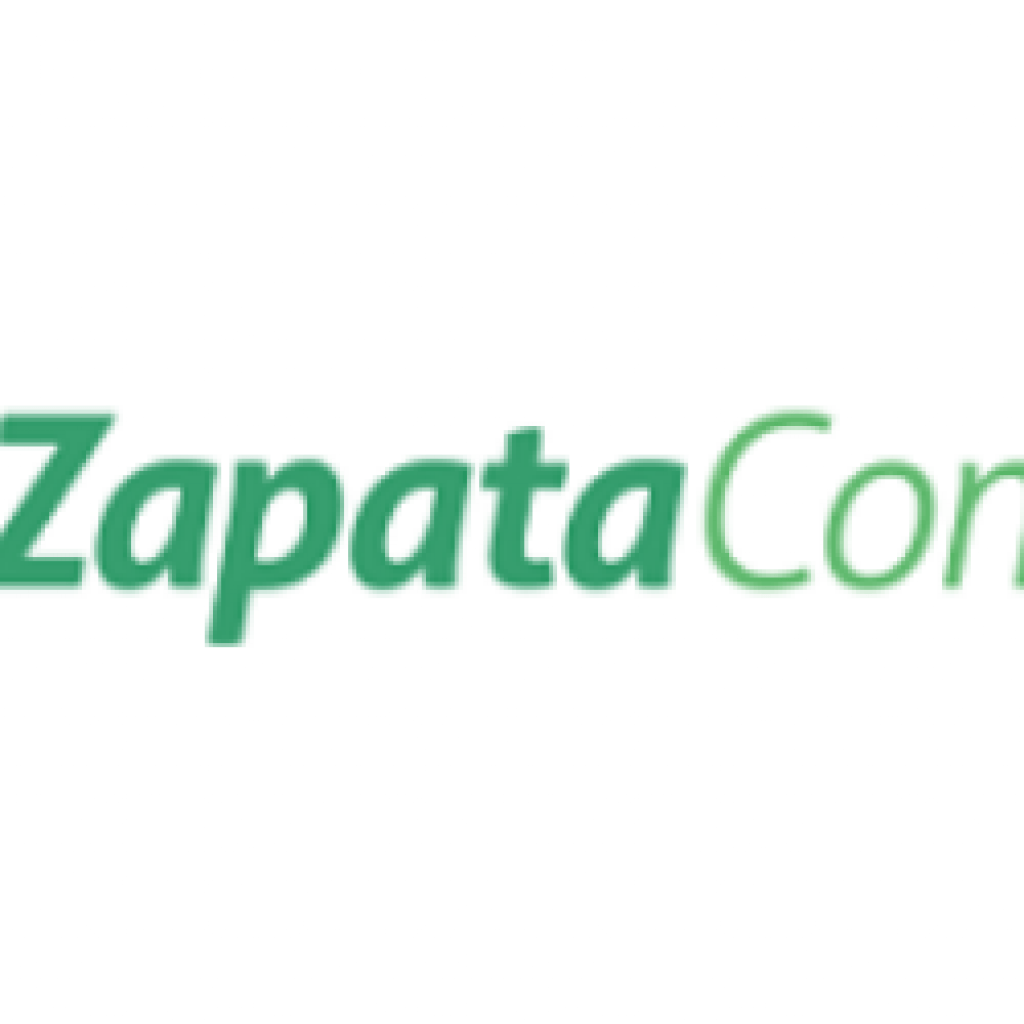(Zapata.News) Zapata Computing has released high-resolution images generated by a hybrid quantum-classical algorithm, achieving outstanding results on current noisy intermediate-scale quantum (NISQ) hardware: specifically, IonQ’s ion trap quantum device. The generation of images is an area of machine learning that has already made incredible strides with classical algorithms and is expected to grow further with quantum resources.
In a recent paper, Zapata scientists detail how this algorithm improves over previous methods for learning from the MNIST dataset. We use this method to generate, for the first time with a small gate-based quantum computer, high-quality handwritten digits.
The core of this work is replacing one part of the widely-used Generative Adversarial Network (GAN) model. The hybrid quantum-classical framework proposed allows the algorithm to maximize the quantum processor’s impact, using quantum effects only available on quantum hardware, while still utilizing the major advances from state-of-the-art machine learning techniques. More details on the exact processes used are provided in the paper.
“Generating data in the form of images or video is one of the most challenging tasks in machine learning. We are excited to continue pushing the boundaries of what’s possible with quantum machine learning and with quantum generative models, leveraging quantum technology where we believe it will have the most impact in the field of AI,” says Dr. Alejandro Perdomo-Ortiz, Associate Director of Quantum AI and the technical lead of the published work.
Zapata Generates High-resolution Digits Using IonQ’s Quantum Computer
